Cryptics, Mimics and Camouflage
 July 29, 2019
July 29, 2019
She looked down and saw “so many fishes!” Singapore’s relentless nudibranch hunter (armed only with a camera and a pair of superhuman eyes) spent a weekend with the reefs of Pulau Hantu and saw many creatures, great and small! Some where “pretending” to be something they are not, many were hiding, and others sat right out in the open because they were top predators! All photographs by Toh Chay Hoon.
This is a flatworm.
And so this this, but they look quite different. There are so many flatworms in our oceans (>10,000 species!) that we don’t have proper names for all of them, and many of them don’t even have names because we either haven’t realised they are different (sometimes the differences are so subtle or not even visible to our eyes), or we just haven’t found them yet.
To the untrained eye, this looks just like the second flatworm, but it is not even a worm (actually flatworms aren’t real worms either, but we’ll get to that later). The photo above shows a nudibranch, Doriprismatica atromarginata, laying its ribbon of eggs on the “fronds” of a hydroid. I have fronds in parentheses (“”) because they aren’t really fronds (like a palm or a fern has fronds) but are in fact a colony of little stinging animals we call hydroids. Hydroids are related to jellyfish, but unlike jellyfish, adult hydroids don’t move around because they, like us adult humans, eventually find a place to settle down and start a family. And it is on this colony of hydroids that this flatworm-looking nudibranch is starting its own family! It might be that laying its eggs on hydroids prevents predators from preying on the eggs, or it could be that like caterpillars, the hydroids serve as a food source for the larvae when the eggs eventually hatch.
Here’s another flatworm. Its name is a misnomer, because flatworms aren’t really worms. Real worms, like earthworms, have guts, a heart, a circulatory system and an anus. Flatworms are so flat and thin that no part of its interior body is far from the surface. Rather than a circulatory system (and an anus), flatworms rely on diffusion to move nutrients and waste products between cells. So the take home is, real worms poop, and flatworms diffuse!
Chay Hoon loves to photograph nudibranchs, but she also sees many other creatures while she is out looking for them. The common thing between the different animals she encounters is that they spend their time on hydroids. Above is delicate and beautiful translucent shrimp perched on a colony of hydroids. If you look closely you can also see the eggs inside its belly! Looks like nudibranchs aren’t the only animals that are about to start a new family!
While some animals live, feed or breed on hydroids, others are trying to look like them! This Winged pipefish looks like it has little hydroid fronds growing on its head, but these are in fact a part of its skin and helps it camouflage on the reef.
Yet another nudibranch (Doto sp.) on a hydroid. This Doto was really tiny, just about 3mm! The interesting thing about nudibranchs eating hydroids is they aren’t just eating the hydroid animals, but also the food that the hydroids have eaten! Scientists actually have a word for this, it’s called kleptopredation. Marine biologists studying nudibranchs observed that a hydroid polyp is two times more likely to be eaten by a nudibranch if it just ate. What do hydroids feed on? Zooplankton! Eating something that just ate is just one way to snag a two-for-one meal! While this may seem mean, it actually works out in favour for the hydroid. The study found that by eating hydroids that just ate, nudibranchs got full faster and consumed less hydroid polyps, which prevented over browsing. So here’s another take home for you, a nice healthy reef with lots of zooplankton (the stuff you can’t see!) keeps everybody’s tummy happy, even if they aren’t eating zooplankton directly!
Nudibranchs are diverse and beautiful, making them a favourite for underwater explorers and photographers. Apart from hydroids, nudibranchs can also be found on algae, sponges and coral.
Although Chay Hoon is a fan of nudibranchs, remember what got her excited about diving into the water this weekend – “so many fish”! Fish, like birds in the forest, are a great sign of lots of activity about. The presence of fish makes a dive fun and exciting and creates a lively environment that can be appreciated by all! While not as colourful and ornate as a nudibranch, this pufferfish encounter brought smiles and delight to divers!
Cuttlefish are top predators on the reef, and for anything that might want to eat them, they can move and hide fast. But this cuttlefish had little fear of our diver, and remained relaxed (as can be determined by its posture and colour) as it was slowly approached for this photograph.
Discover more of this dive by visiting our gallery, or sign up for a dive to see all this for yourself!
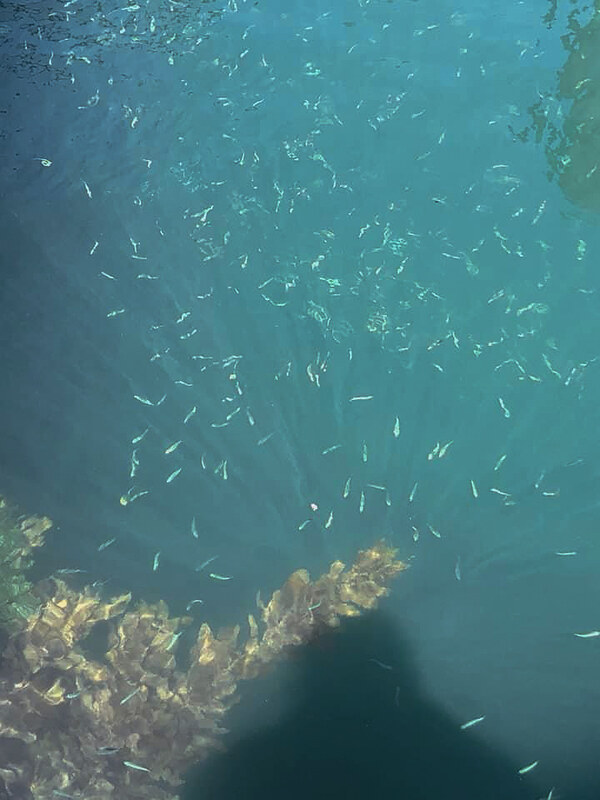
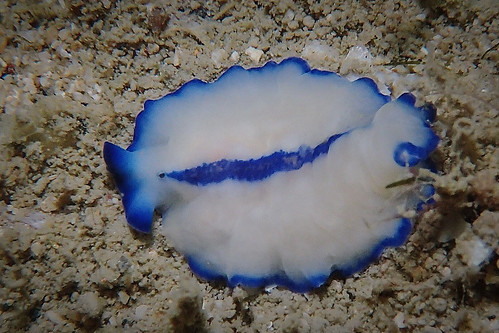



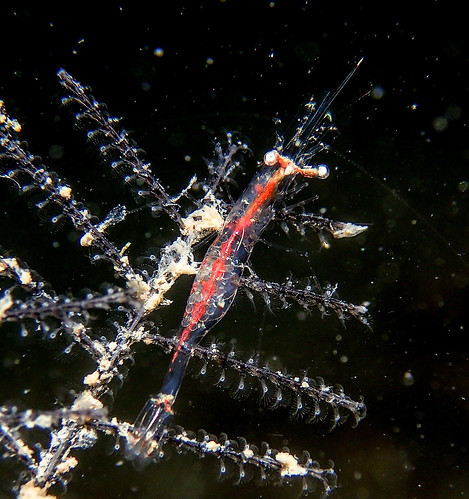
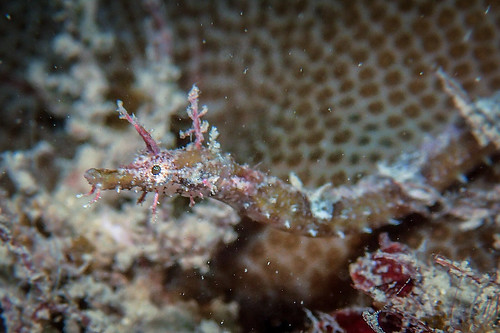
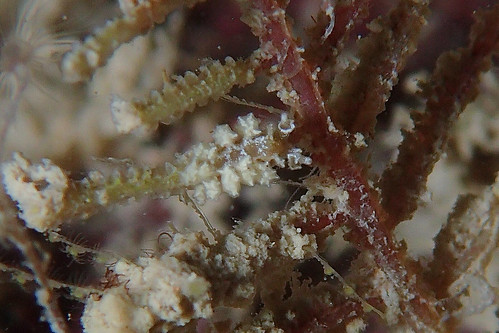



 Posted in
Posted in 



 content rss
content rss
COMMENTS